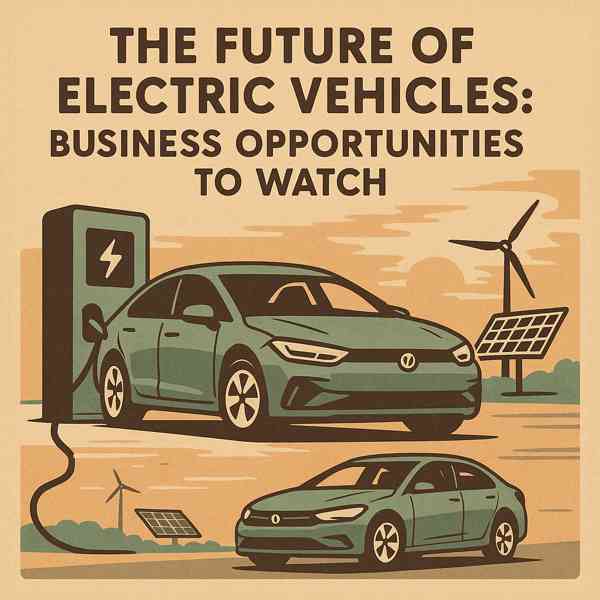An Introduction to Electric Cars and Their Impact
An Introduction to Electric Cars and Their Impact
Blog Article

Electric vehicles (EVs) are transforming the way we think about transportation.
As battery technology improves and infrastructure expands, owning an electric vehicle has never been more practical.
Understanding EVs
Unlike gasoline-powered cars, EVs produce zero tailpipe emissions.
Key components of EVs include:
- Electric motor
- Stores the electrical energy
- Manages energy flow from battery to motor
- Allows the vehicle to recharge from external sources
Electric vehicles come in various types, such as hybrid electric vehicles (HEVs)—each with different levels of electrification.
Advantages of Going Electric
The rise of electric vehicles is fueled by their numerous benefits.
Major benefits include:
- Reduced maintenance needs
- No tailpipe emissions
- Less noise and vibration
- Government incentives and tax credits
For eco-conscious and cost-aware drivers, electric vehicles are an increasingly responsible choice.
Challenges of Electric Vehicles
Despite the growing popularity of EVs, they still face some challenges that buyers should consider.
EV challenges to consider:
- Shorter range compared to gas vehicles
- Not all areas have adequate public chargers
- Higher initial cost
- Replacement can be costly without warranty
As technology advances and infrastructure improves, many of these challenges are becoming easier to manage.
Different Kinds of EVs on the Market
EVs vary by power source, range, and usage.
Main types of EVs include:
- Fully electric with no gas engine
- Plug-in Hybrid Electric Vehicles (PHEVs)
- Combines electric and gas power but cannot plug in
- Fuel Cell Electric Vehicles (FCEVs)
Each type has its pros and cons, so buyers should understand the differences.
Understanding Charging Options
There are multiple charging levels and methods depending on your vehicle type.
How EVs get recharged:
- Level 1 Charging
- 240V outlet at home or public stations
- Can charge 80% in under an hour
- Wireless or inductive charging (emerging tech)
As public charging networks expand, EV owners will enjoy even more support and reliability.
Where the EV Market Is Heading
Electric vehicles are here to stay.
Next-generation EV developments:
- Longer range and safer performance
- Vehicle-to-grid (V2G) integration
- Combining EV tech with self-driving systems
- More choices at lower prices
As innovation continues, EVs will become more dominant in here the automotive world.
Conclusion
Electric vehicles represent a major shift in how we think about mobility.
From environmental benefits to cutting-edge tech, electric vehicles offer a exciting alternative to traditional cars.
Report this page